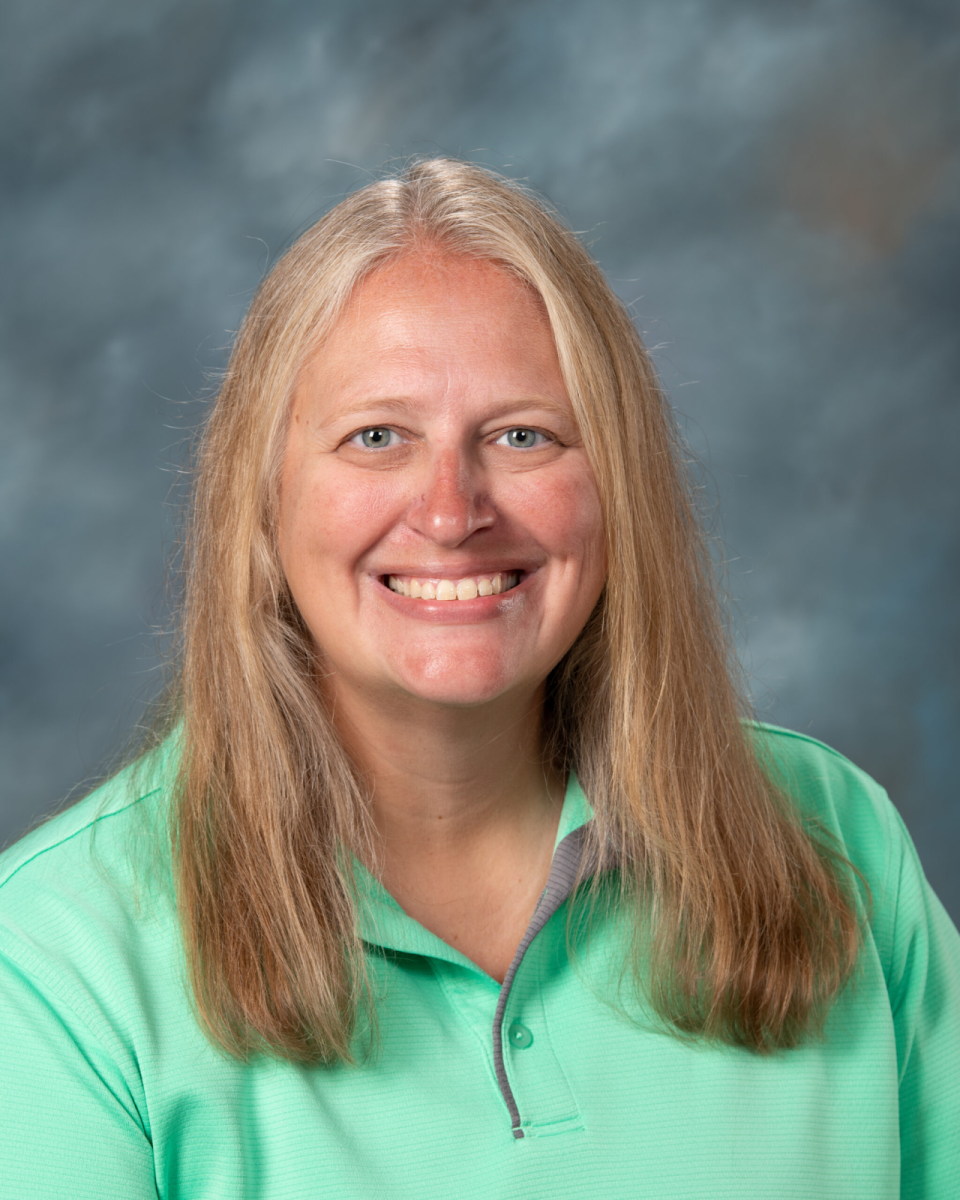
Tommye Scanlin can do it all, from writing books, to painting, to weaving large scale tapestries. Weaving is an art that is often forgotten and under appreciated- but it is also a beautiful art form that requires just as much, if not more, skill and practice as any painting.
She refuses to be tied to one medium, she may draw, may create prints, she may weave, or, she may mix and match techniques. Oftentimes, she uses her paintings as inspiration for her tapestry, for example, “Catesby’s Trillium”.
She states, “I’m not a purist in any kind of art making. I like combining things. I work in a kind of flux when I’m painting. […]I like the look of drawing and painting, but I like the process and discipline of weaving.”
Scanlin works in conjunction with the Lillian E. Smith center, where she is free to study and find beauty in the nature surrounding her. She enjoys walking among the trails, driving along the small country roads, and capturing the lush surroundings through her art. While she lives in Dahlonega, she finds that she is able to spend far more time appreciating nature while at the Lillian E. Smith center.
Scanlin says, “One thing I really like to see are those tiny bits of nature that are just kind of happenstance. I love to see what I can see as I’m just walking along.”
The centerpiece and namesake of this exhibit is her tapestry entitled “Because of Memory”. Lillian E. Smith was a social activist and civil rights leader, and she strongly influenced Scanlin’s work. “Because of Memory” gains its name from a quote on Lillian E. Smith’s grave marker, and the piece itself portrays the stacked bricks of an abandoned chimney, marking Smith’s grave. The full quote reads:
“Death can kill a man, but that’s all it can do to him. It cannot end his life because of memory.”
Even though she is a retired professor, you can never pull a teacher away from teaching. At her last show before the exhibition, she was asked by her husband what she would do next. She replied, she wanted to teach.
Scanlin states, “My joy is in sharing, and I like to share in various settings, like [museum exhibits], as well as in formal classrooms.”
She continues to teach in shorter, smaller scale classes, so that she can teach as well as pursue her own craft. For more information and to see more of Scanlin’s work, visit the Mason-Scharfenstein Museum of Art. To learn more about Lillian E. Smith, read her history at https://www.piedmont.edu/lillian-e-smith-center/ or visit the Lillian E. Smith Center in Clayton, Georgia.





